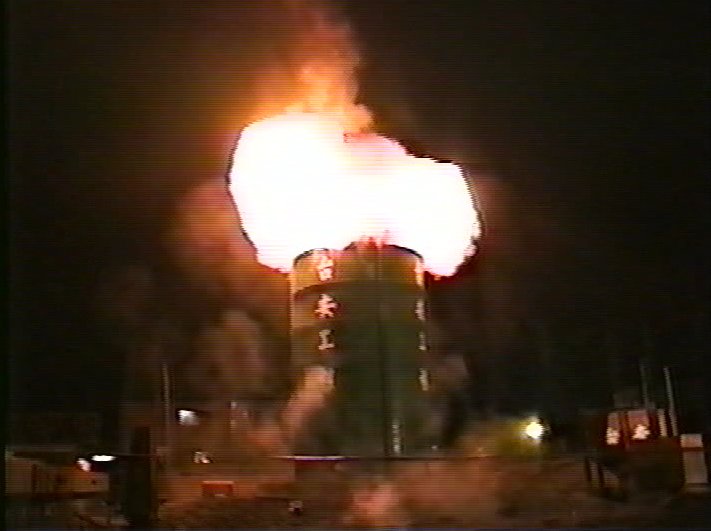
Home .
Testing Capabilities .
Research .
Downloads .
Contacts .
Links
Rapid Load Testing
Introduction
Rapid Load Testing is a relatively new (circa 1987) and cost effective method of confirming foundation capacity after construction. The test apparatus uses quickly formed gas pressure from burning solid fuel to launch a set of reaction masses upward away from foundation. The reaction mass is most commonly made of concrete and steel, but in special instances (such as with the USF device) it can be obtained from empty cans filled with soil, water, or a combination as well. The thrusting force produced by this combustion is proportional to the product of the mass and the acceleration of the mass. The duration of the test classifies it as an Rapid Load Test rather than a dynamic test making the analysis of the recorded data less complex.
Using the USF Statnamic device (500 ton load capacity), the first of its kind in the world, hundreds of full-scale tests have been conducted in cooperation with industry and the Federal Highway Administration. Advanced software packages developed by USF have been used to compare these tests with more traditional (and expensive) test methods thus raising the confidence in structure safety at a lower cost. Further development and advancements in statnamic analysis have been afforded through the use of USF’s one-of-a-kind laboratory scale device capable of producing 20 tons on small scale foundation specimens. The latest application of statnamic loading uses the device laterally to simulate vessel collisions with the piers of water-crossing bridges.

USF's 500 ton Statnamic device immediately after the thrust (note the blue masses caught in the black catching frame).
 Taipei Statnamic Load Testing Taipei Statnamic Load Testing
Downloadable Software
Statnamic Analysis Workbook: SAW R4
SUPERSAW: Segmental Unloading Point Statnamic Analysis Software
Contact Us
If you have questions or comments regarding Rapid Load Testing, please contact Gray Mullins at gmullins@eng.usf.edu.
| 

 Taipei Statnamic Load Testing
Taipei Statnamic Load Testing